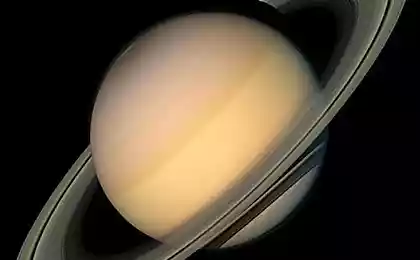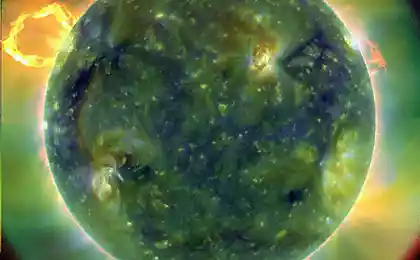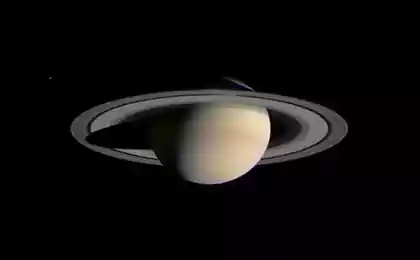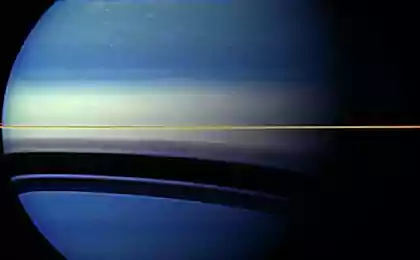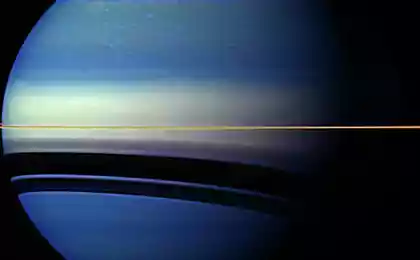1649
"Lord of the Rings of Saturn" is back!
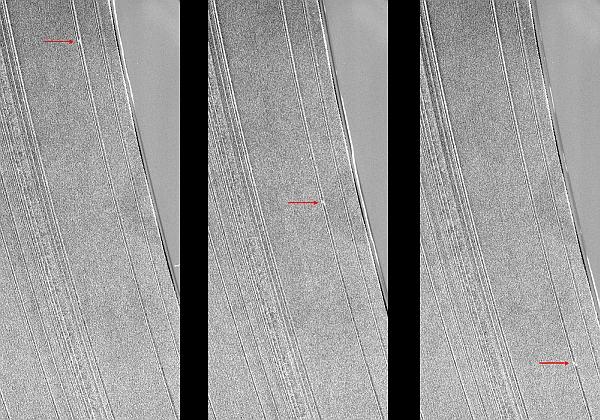
It has been almost two years since the American spacecraft "Cassini" last looked at the glorious rings of Saturn.
It finally became possible again because the probe has changed the angle of rotation around the planet and now regularly goes above and below its equatorial plane. Strongly tilted orbit can also get a new view of the pole and the atmosphere of Saturn and its moons.
Scientists are already enjoying new images of the rings. For example, studies have resumed gaps in them, shaped like propellers. This space, cleared the bodies that are less known satellites, but more ordinary particles in the rings. Matt Tiskareno from Cornell University (USA) and his colleagues have not seen these gaps for two years, but new pictures, some of them are located where the model predicted. Therefore, experts believe that met with old friends.
On three shots given above, can be seen "propeller" in the ring A, named after the famous Russian-American aviator Igor Sikorsky. Its width - 50 km. Such education may suggest how in the protoplanetary disk formed the solar system.
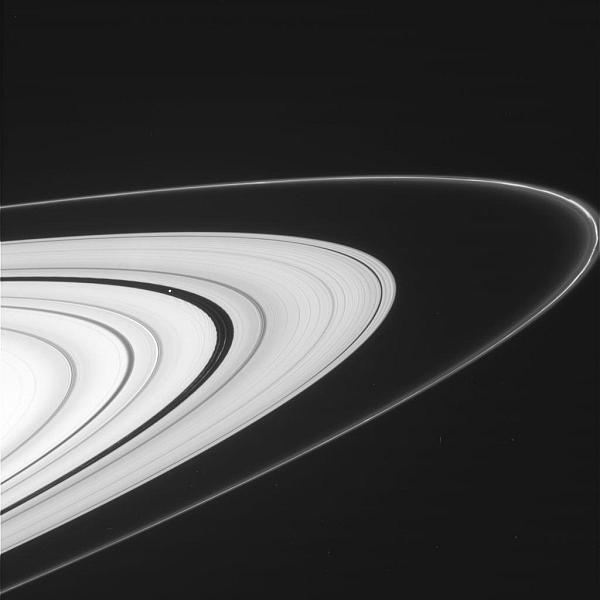
In this photo we see how the ring A is divided into two parts Encke gap width of 325 km. Runs on a space satellite Ban along with several tonyusenkaya rings. Near the outer edge of the ring has a more narrow space - a gap Köhler, which became the home of another "shepherd moons", called Daphne (satellite is not visible).
Wavy area on the inner edge of the slit Enke below established exposure Pan satellite, with a diameter of 20 km.

The last year and a half "Cassini" is almost in the equatorial plane. Orbit gradually began to tilt the machine on May 22. The recent flight of the Titan raised by the angle of almost 16˚. Seven more such maneuvers, and by April 2013 will be almost the angle 62˚. If the "Cassini" was near the Earth, with a slope to it flew over the north and Alaska, and over the tip of the Antarctic Peninsula.
This orbit will allow to observe Saturn and rings with different perspectives and get a better three-dimensional view of the system.
In March 2015 "Cassini" will return to the equatorial plane.
Butterfly star, uoblichiinnaya Space Telescope "Herschel"
Sun MRI showed that his bowels put misdiagnosed
